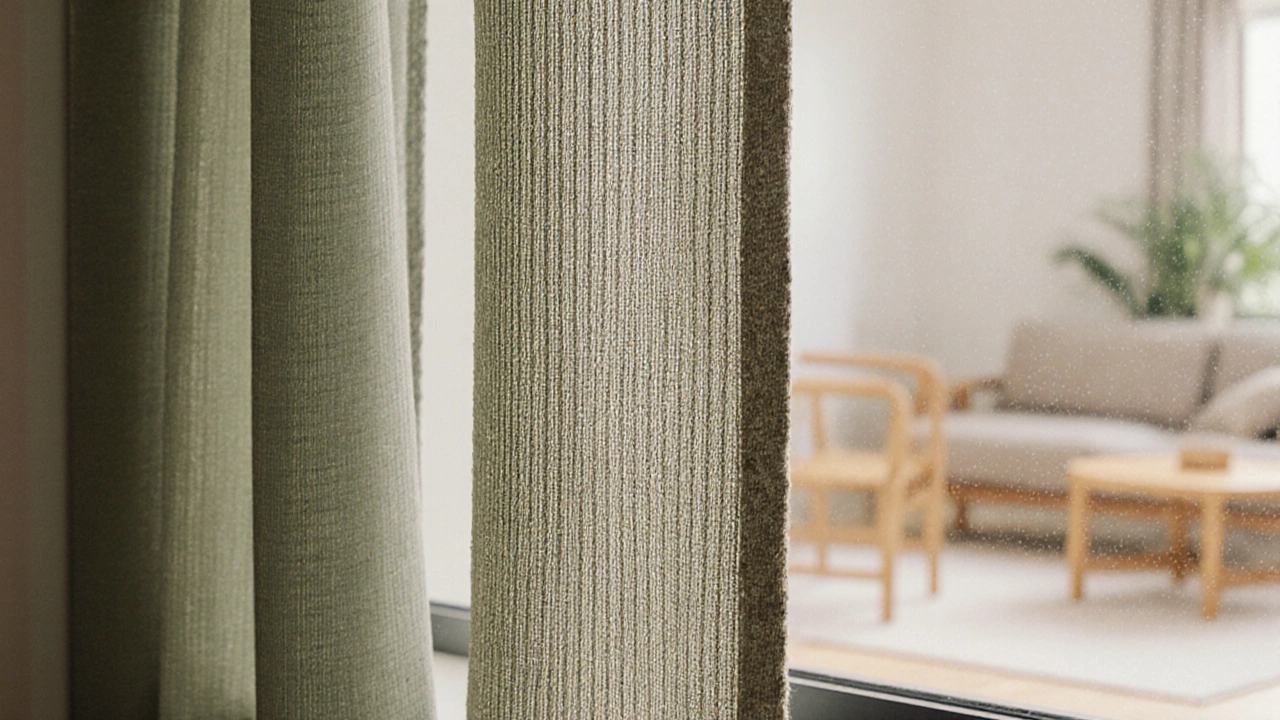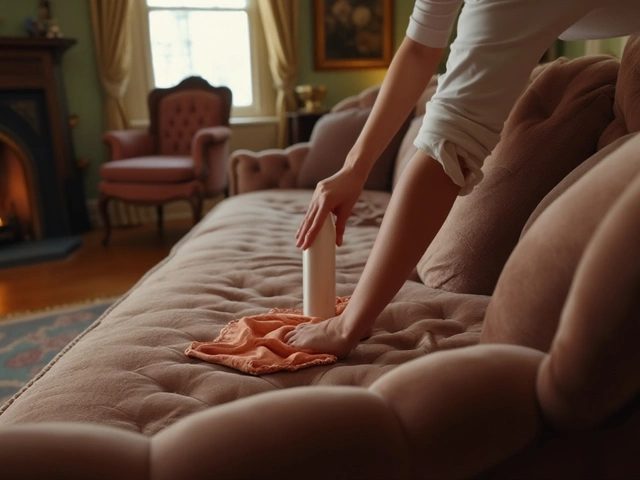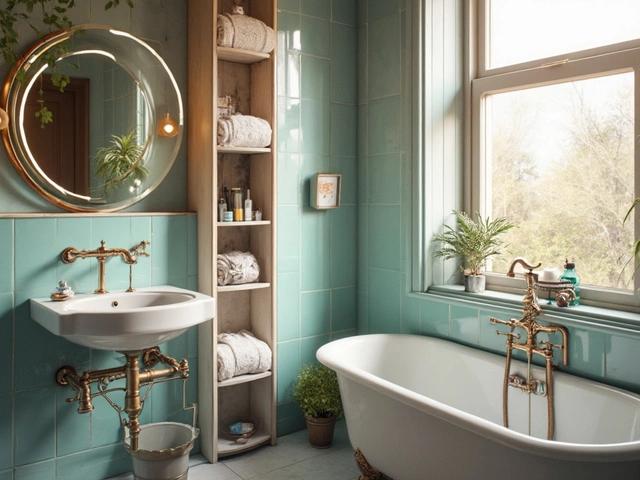Smart Home Curtains: Upgrade Your Windows with Automation
When working with smart home curtains, automated window treatments that sync with your home‑automation ecosystem to open, close, or dim based on schedules, sensors, or voice commands. Also known as motorized curtains, they let you control light and privacy with a tap or a simple voice request. Integrating them with home automation, the central hub that connects lights, thermostats, and security devices unlocks schedules, geo‑fencing, and sensor‑triggered actions. Pairing with voice assistants, platforms like Alexa or Google Assistant means you can say “close the curtains” without lifting a finger. These three entities form the core of a connected window solution.
Why Smart Home Curtains Matter
Beyond the wow factor, smart curtains improve energy efficiency by reducing heat loss in winter and limiting solar gain in summer. When linked to smart lighting, they create seamless scenes—dim the lights, draw the curtains, and set the mood in seconds. Security gets a boost too; programmed closing at night mimics occupancy, deterring burglars. Compatibility matters, so look for systems that support popular protocols like Zigbee, Z‑Wave, or Wi‑Fi; that way you can sync them with existing smart plugs, thermostats, or security cameras without extra bridges.
Choosing the right setup starts with assessing your window style. Heavy blackout fabrics work well for bedrooms where sleep quality matters, while light‑filtering sheers suit living areas that benefit from natural daylight. Proper rod overhang—typically 2‑4 inches beyond the window frame—ensures the curtains hide the trim and look polished. If you’re mixing colors, neutral shades stay timeless, but a bold hue can become a focal point when paired with smart lighting that changes temperature throughout the day. All these decisions feed into a cohesive smart‑home experience that feels effortless.
Below you’ll find a curated mix of articles that dive deeper into curtain colors, rod placement, blackout pros and cons, and other practical tips. Whether you’re a beginner setting up your first motorized panels or an experienced homeowner fine‑tuning automation, the guides ahead will help you make the most of smart home curtains.

2024 Curtain Trends That Still Dominate in 2025 (Plus What's New)
2024 curtain trends focus on sustainable materials like bamboo and hemp, earthy color palettes, and smart home integration. These styles remain popular in 2025 for their practicality and eco-friendly features. Modern designs emphasize texture layering and thermal efficiency without sacrificing aesthetics. Homeowners now prioritize curtains that improve sleep quality and reduce energy costs. The shift toward natural fibers and neutral tones creates calmer, more functional living spaces.
Categories
- Storage (26)
- Bathroom (17)
- Sofas (14)
- Curtains (14)
- Home Decor (12)
- Bedding (10)
- Kitchenware (10)
- Cushions (10)
- Mirrors (10)
- Rugs (9)
Popular Articles



